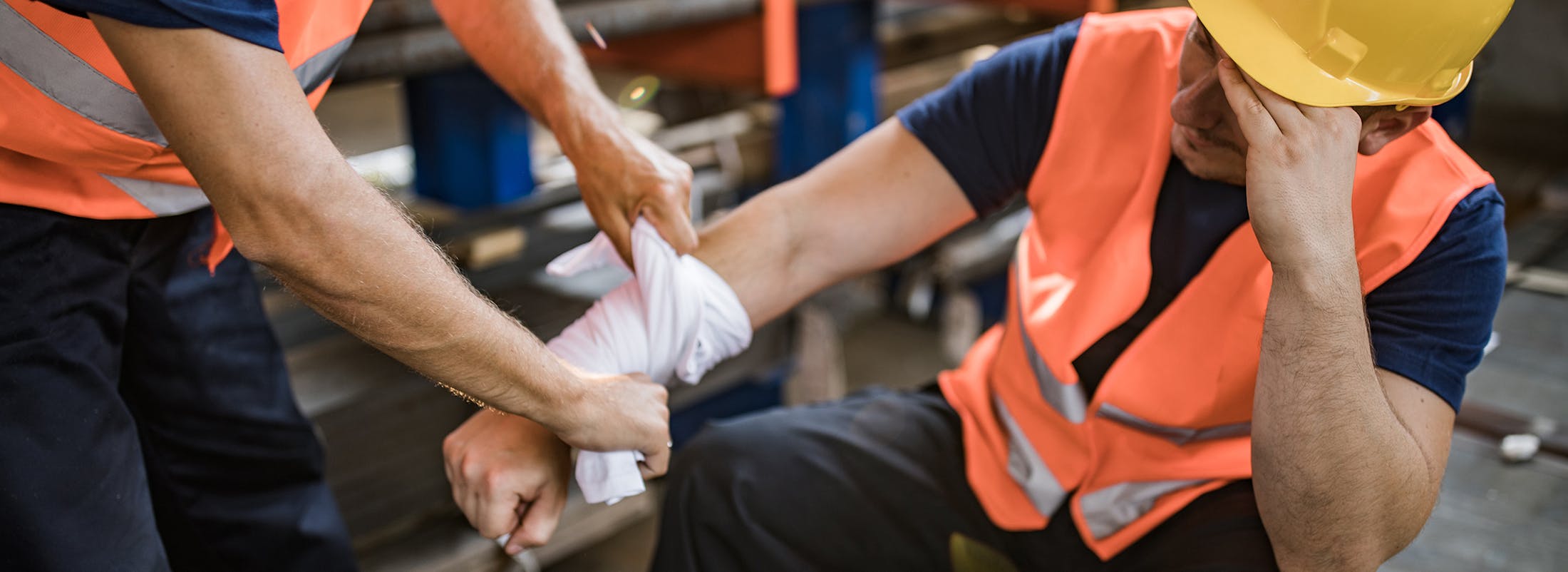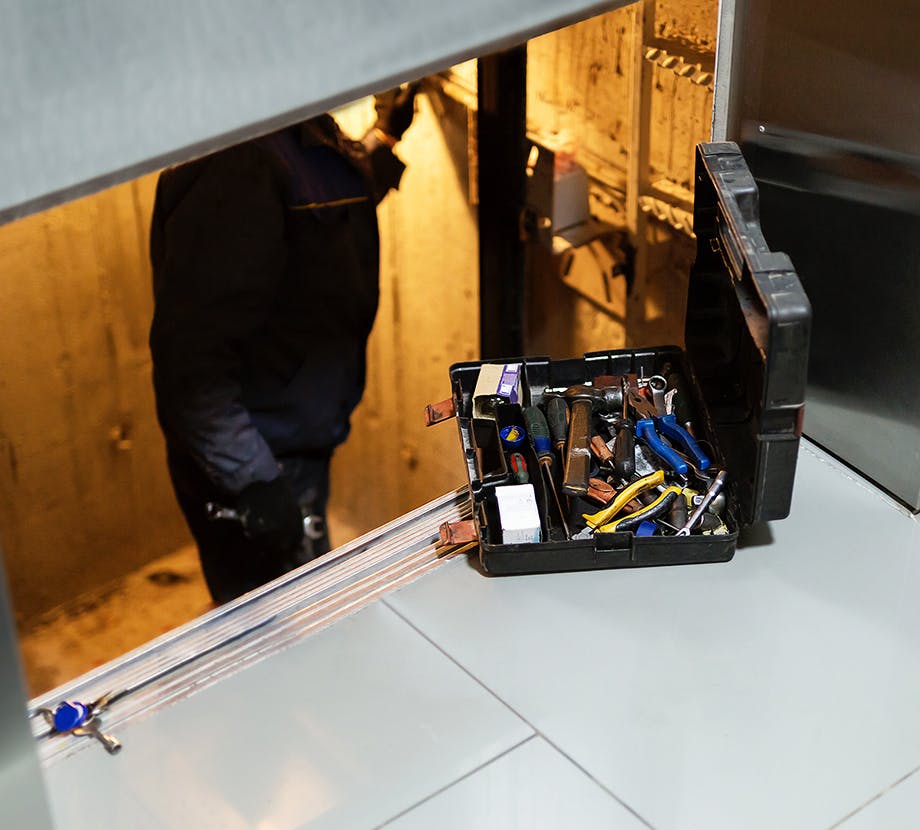Types of Elevators Used in NYC Construction
Construction projects in NYC typically use various elevator systems. Common types include:
- Construction hoists (man‑lifts): Temporary cage‑style lifts that travel along a vertical mast to move personnel and light materials.
- Material hoists: Used only for supplies and equipment; improper use involving workers can lead to severe accidents.
- Permanent building elevators in progress: Elevators intended for the finished structure but operated prematurely or before all safety features are installed.
- Hydraulic elevators: Often used in low-rise segments; hazards include piston failure, oil leaks, or inadequate maintenance.
Each of these systems comes with specific mechanical and operational risks on active construction sites.





